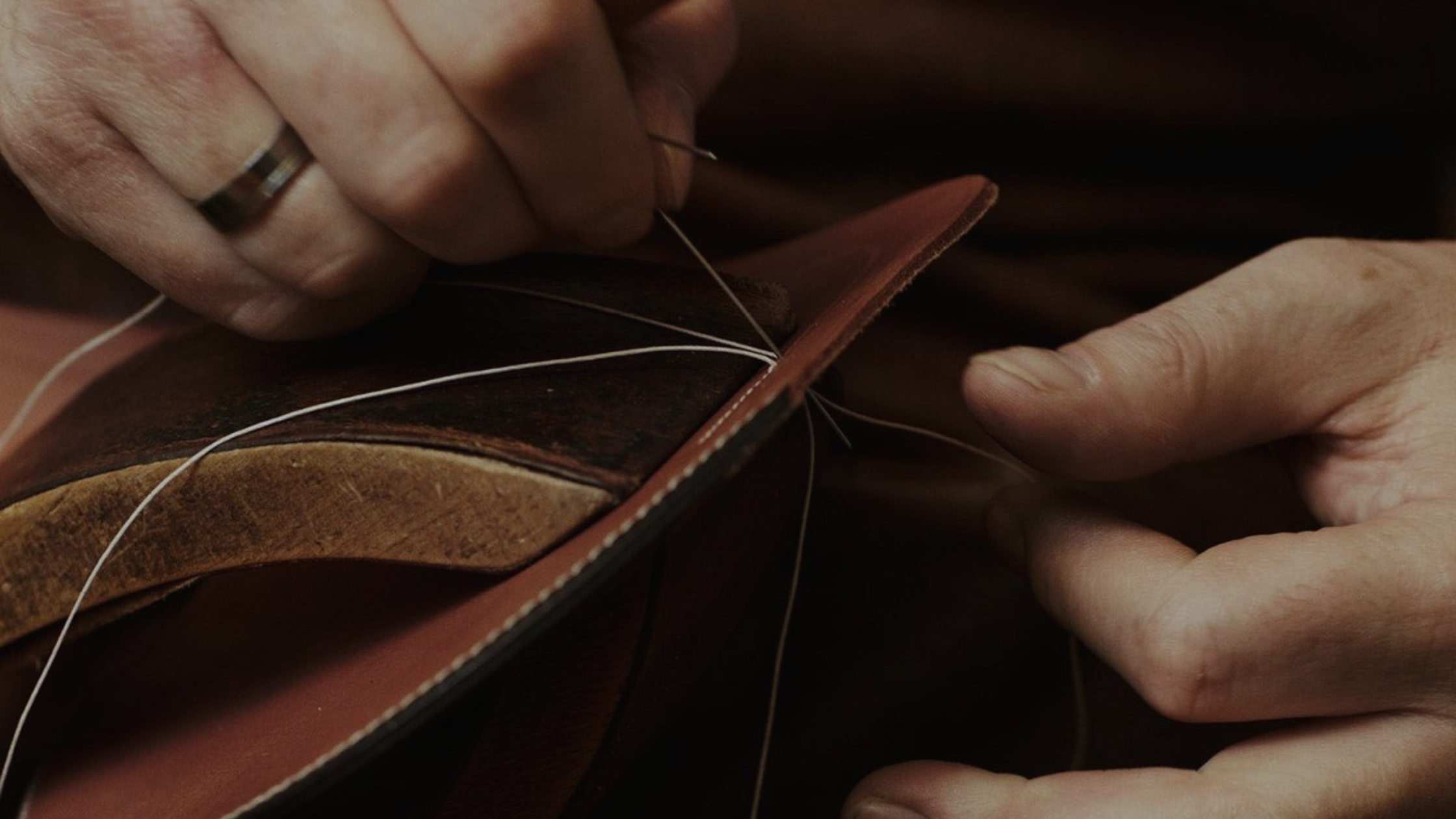In a world where sustainability and innovation are becoming key drivers in the Textile & Fashion industry, biotechnology is taking center stage. One such breakthrough is Qmonos, a bio-engineered material created by Spiber Inc. This synthetic spider silk is revolutionizing the way materials are produced, offering a unique blend of strength, flexibility, and environmental consciousness.
What is Qmonos?
Qmonos is a synthetic fiber inspired by spider silk, designed and produced through advanced biotechnology.
The name "Qmonos" comes from the Japanese word "kumo-no-su," meaning spider web. It is made through a microbial fermentation process where genetically engineered bacteria produce proteins that mimic the properties of natural spider silk.
This material stands out for being vegan, environmentally friendly, and potentially more sustainable than traditional petroleum-based fabrics like polyester and nylon.
Characteristics
Qmonos fibers exhibit remarkable mechanical properties, such as high tensile strength and elasticity, making them both strong and flexible.
These fibers are biodegradable and customizable, with the ability to be spun into various forms, such as film, gel, sponge, powder, and nano-fiber.
Additionally, Qmonos can be dyed during production, eliminating the need for post-production coloring, which further reduces environmental impact.
Are you looking for materials of the future? Sign up to our Newsletter.
Pros and Cons
Pros:
- Sustainability: Qmonos is made from biomass and is fully biodegradable, offering a cleaner alternative to conventional synthetic materials.
- Strength and Flexibility: It rivals natural spider silk in toughness, making it suitable for heavy-duty applications.
- Vegan: Unlike silk derived from silkworms or spiders, Qmonos is produced without animal exploitation.
Cons:
- High Production Costs: The production of Qmonos is still expensive compared to more traditional materials.
- Limited Availability: While it is a groundbreaking material, it is not yet widely available for mass consumption.
Where and How is Qmonos Normally Used?
Qmonos is used in a variety of fields ranging from fashion to technology and medical applications.
In fashion, brands like The North Face have partnered with Spiber to create products such as the Moon Parka, a jacket made entirely from Qmonos fibers.
Additionally, its potential uses extend to sports gear, automotive parts, medical sutures, and even aerospace materials due to its strength and light weight.
Where to Find It
Qmonos is not yet readily available in mainstream markets but can be found in niche products created through collaborations with brands focused on sustainability and innovation. Spiber Inc. continues to develop and scale up its production facilities, aiming to make Qmonos more widely accessible in the future. Those interested in exploring Qmonos-based products should look for high-tech, eco-conscious brands that are early adopters of the new material.
Qmonos is a testament to the future of materials science, offering exciting possibilities for industries looking to balance performance with sustainability.







.png)
.png)


.png)




















.png)

.png)
.png)
.png)

.jpg)
.png)
.png)



.png)
.png)


.png)
.png)

.png)


